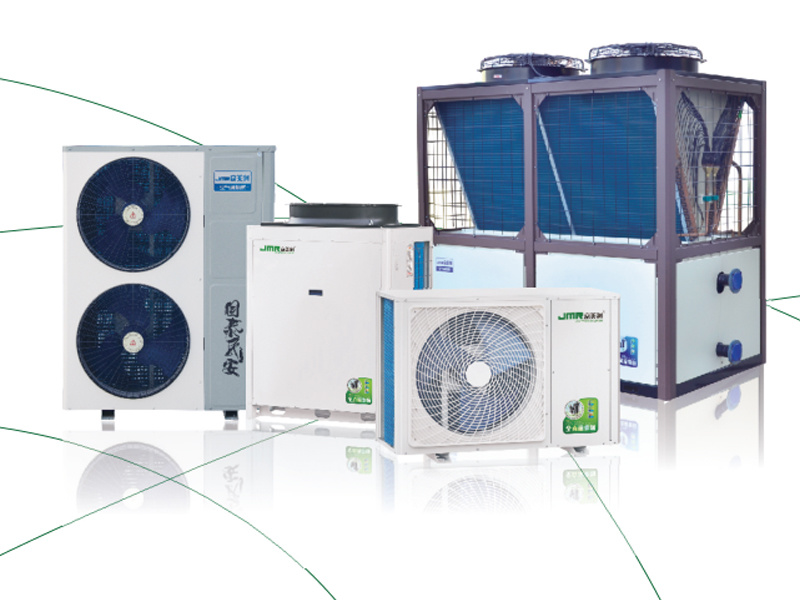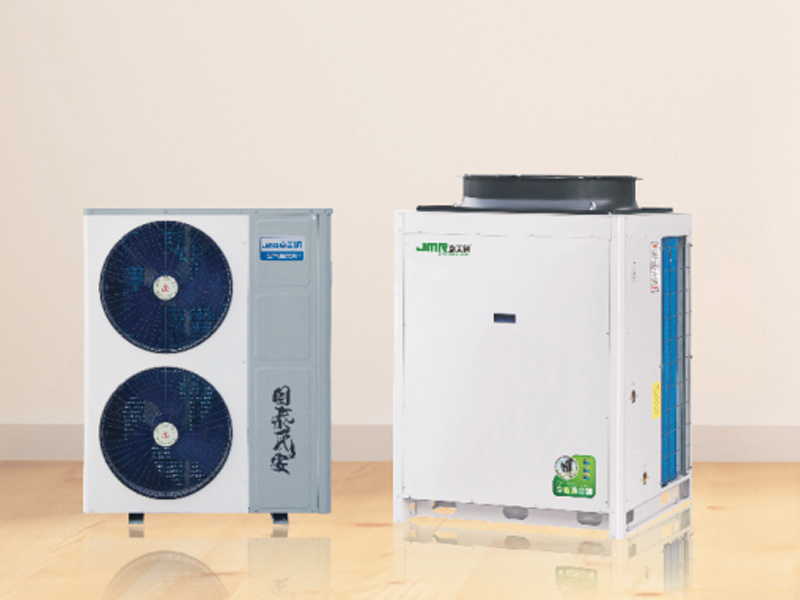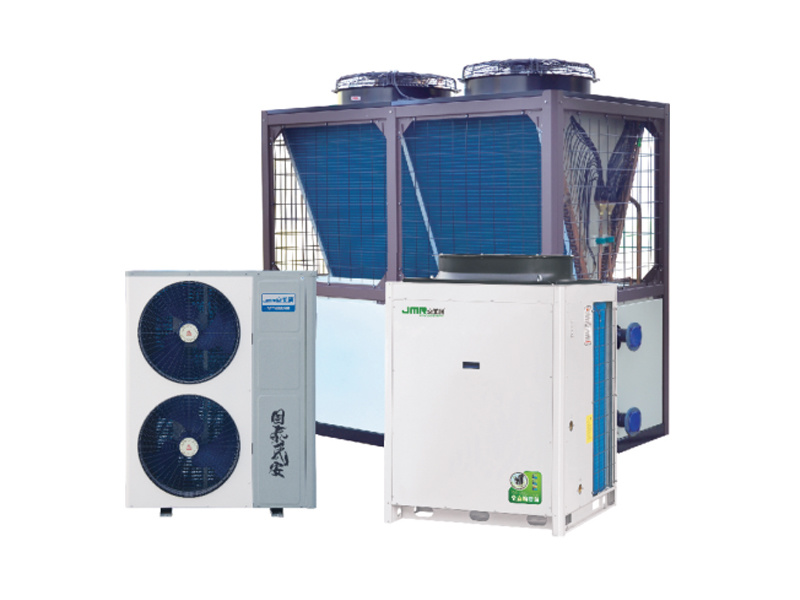Understanding Low Temperature Air Source Heat Pumps: A Comprehensive Guide
Release Time:
Jul 29,2025
--- Low temperature air source heat pumps (ASHPs) are becoming increasingly popular in the field of home heating solutions, especially as energy efficiency and sustainability take center stage in modern consumer electronics. These systems work by extracting heat from the outside air, even at low temperatures, and transferring it indoors to provide heating for residential spaces. The primary opera
---
Low temperature air source heat pumps (ASHPs) are becoming increasingly popular in the field of home heating solutions, especially as energy efficiency and sustainability take center stage in modern consumer electronics. These systems work by extracting heat from the outside air, even at low temperatures, and transferring it indoors to provide heating for residential spaces.
The primary operation of low temperature air source heat pumps relies on the refrigeration cycle, which involves evaporating refrigerant at low temperatures to absorb heat from the ambient air. This heat is then compressed and transferred indoors, where it can be utilized for space heating. One of the key advantages of ASHPs is their ability to function efficiently in temperatures as low as -15°C (5°F), making them suitable for colder climates compared to traditional air source models.
In addition to their impressive operating temperature range, low temperature air source heat pumps offer several benefits that align with the growing demand for environmentally friendly heating solutions. Firstly, they significantly reduce greenhouse gas emissions when compared to fossil fuel-based heating systems. By using renewable energy sources, these pumps contribute to a lower carbon footprint, making them an attractive option for eco-conscious consumers.
Moreover, low temperature ASHPs can enhance energy efficiency in heating applications. They can provide up to three times more energy in the form of heat than the electrical energy they consume, which translates to lower energy bills for consumers. This factor is especially important for households that strive to minimize their energy expenditure while maintaining a comfortable living environment.
While low temperature air source heat pumps are versatile, it is essential to consider their installation requirements and maintenance needs. Proper sizing and positioning of the unit are crucial for optimal performance, and regular maintenance is necessary to ensure longevity and efficiency. Homeowners should consult with qualified professionals to assess their heating needs and the suitability of these systems for their specific circumstances.
In conclusion, low temperature air source heat pumps represent a forward-thinking approach to home heating that balances efficiency, sustainability, and comfort. As the technology continues to advance, we can expect greater adoption in both residential and commercial settings, paving the way for a more energy-efficient future. By understanding the principles and advantages of low temperature ASHPs, consumers can make informed decisions that contribute to their comfort and the health of the planet.
Low temperature air source heat pumps (ASHPs) are becoming increasingly popular in the field of home heating solutions, especially as energy efficiency and sustainability take center stage in modern consumer electronics. These systems work by extracting heat from the outside air, even at low temperatures, and transferring it indoors to provide heating for residential spaces.
The primary operation of low temperature air source heat pumps relies on the refrigeration cycle, which involves evaporating refrigerant at low temperatures to absorb heat from the ambient air. This heat is then compressed and transferred indoors, where it can be utilized for space heating. One of the key advantages of ASHPs is their ability to function efficiently in temperatures as low as -15°C (5°F), making them suitable for colder climates compared to traditional air source models.
In addition to their impressive operating temperature range, low temperature air source heat pumps offer several benefits that align with the growing demand for environmentally friendly heating solutions. Firstly, they significantly reduce greenhouse gas emissions when compared to fossil fuel-based heating systems. By using renewable energy sources, these pumps contribute to a lower carbon footprint, making them an attractive option for eco-conscious consumers.
Moreover, low temperature ASHPs can enhance energy efficiency in heating applications. They can provide up to three times more energy in the form of heat than the electrical energy they consume, which translates to lower energy bills for consumers. This factor is especially important for households that strive to minimize their energy expenditure while maintaining a comfortable living environment.
While low temperature air source heat pumps are versatile, it is essential to consider their installation requirements and maintenance needs. Proper sizing and positioning of the unit are crucial for optimal performance, and regular maintenance is necessary to ensure longevity and efficiency. Homeowners should consult with qualified professionals to assess their heating needs and the suitability of these systems for their specific circumstances.
In conclusion, low temperature air source heat pumps represent a forward-thinking approach to home heating that balances efficiency, sustainability, and comfort. As the technology continues to advance, we can expect greater adoption in both residential and commercial settings, paving the way for a more energy-efficient future. By understanding the principles and advantages of low temperature ASHPs, consumers can make informed decisions that contribute to their comfort and the health of the planet.
Key words:
What Else Might You Learn?






